Joshua Hammer wrote a book about the bad-ass librarians who saved precious manuscripts from jihadists, and brought back some bad-ass travel intel.

Find your first step in Bamako. My new book, The Bad-Ass Librarians of Timbuktu: And Their Race to Save the World’s Most Precious Manuscripts, is no easy ride. Most of the narrative unfolds in Timbuktu, a famously remote, now decrepit city at the edge of the Sahara in central Mali. The ongoing instability in the region has decimated the tourism industry, and this little guide you’re reading is strewn with one-eyed Emirs and various other warnings. But I’m sharing my tips here in the belief that tourism, and some kind of lasting peace, will one day return to the area. In order to get to Timbuktu when the time comes, you’ll almost certainly have to pass through the capital, Bamako. It’s a sprawling and fast-growing city of one million that, like much of the country, has suffered greatly from the spread of Al Qaeda in the Islamic Maghreb into the Sahel region. You can get a visa on the spot at Bamako’s international airport and hop a cab to the city center. Best to steer clear of the Radisson, a hotel favored by UN staffers, diplomats, and other expatriates that Al Qaeda targeted in November 2015. Your best bet is a less obtrusive but no less comfortable guesthouse. My favorite is the Villa Soudan, which overlooks the river in the Badalabougou neighborhood.

Take the road to Timbuktu, if you dare. Mali is a landlocked country of 15.3 million with a string of towns built along the mighty Niger River. Before jihadists took over north Mali in 2012—the invasion at the center of The Bad-Ass Librarians of Timbuktu—commercial flights operated almost every day from Bamako to the legendary city in the desert. These days, the options are more limited. You can try to talk your way onto an occasional United Nations flight, rent a pinasse (a covered longboat) and sail up the Niger River from Mopti, or—most risky—retrace librarian Abdel Kader Haidara’s journey by taking a 4×4 on the desert road north. The drive is about eight hours from Mopti, and though Bamako travel agents refuse to send their clients that way, it’s still possible to line up a ride through an agent in Timbuktu. Police and army checkpoints are supposed to keep the desert track secure, but one Chinese tourist who made the trip last November said that she didn’t encounter a single post for 100 miles. As if that’s not enough to fret about, don’t veer off the main track: the desert is strewn with mines.
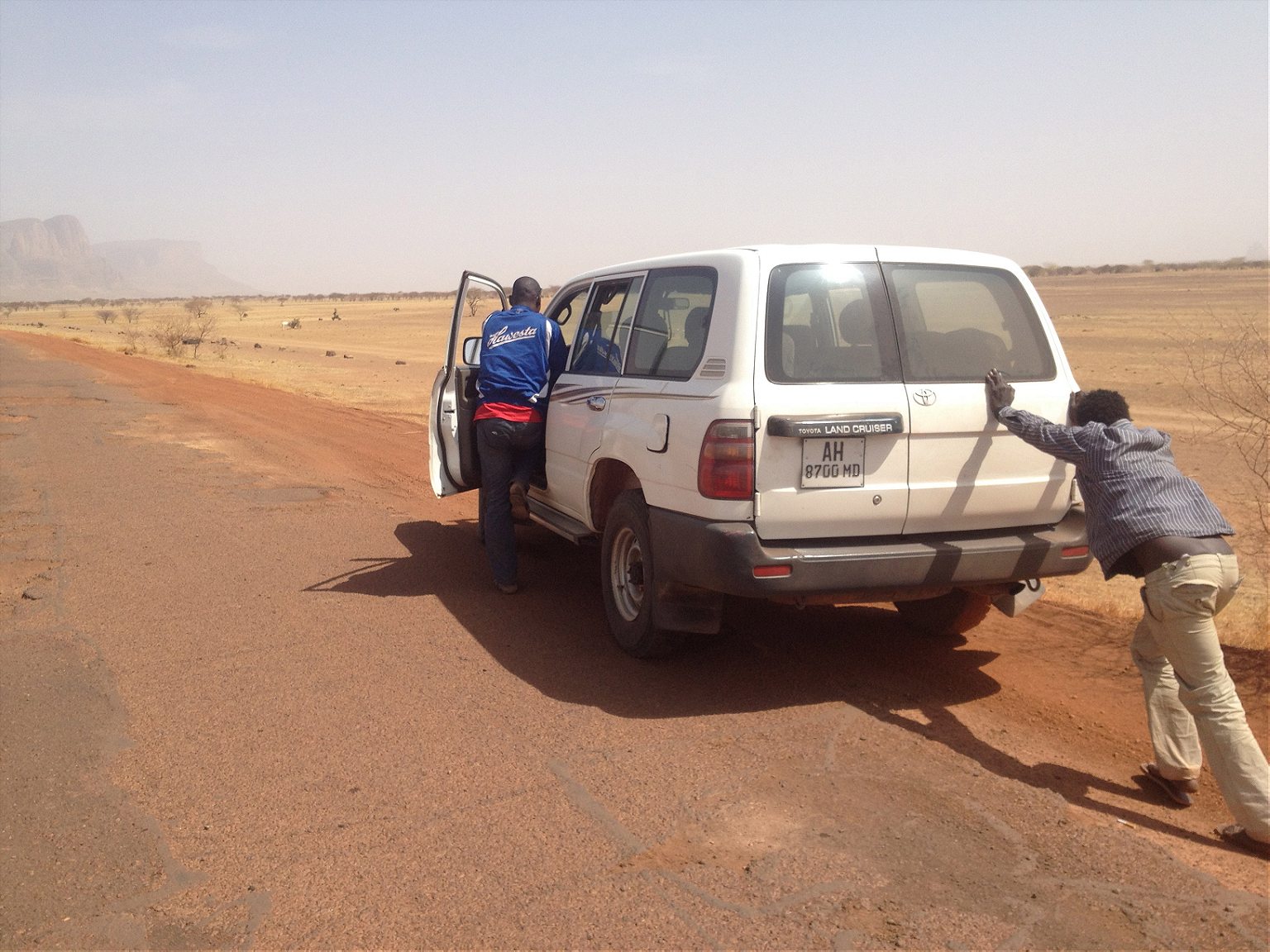

Follow Al Qaeda’s steps in Timbuktu. The city bears many remnants of the jihadists’ nine-month occupation between April 2012 and January 2013. The Hôtel La Maison, a handsome, century-old villa where Bono once spent a night, served as the Islamists’ Shariah Court. Nearby are the remains of the Sofitel, owned by the Libyan dictator Muammar al-Qaddafi before it became an Al Qaeda barracks. Beside that lies the dried-out canal to the Niger River that served as the radicals’ amputation and execution ground. The climactic scene of The Bad-Ass Librarians of Timbuktu describes the jihadists’ final act of desecration before fleeing the city: at the Ahmed Baba Center—an $8m manuscript library in the Sankoré neighborhood—they gathered more than 4,000 centuries-old manuscripts, doused them in gasoline, and burned them in the library’s main courtyard.
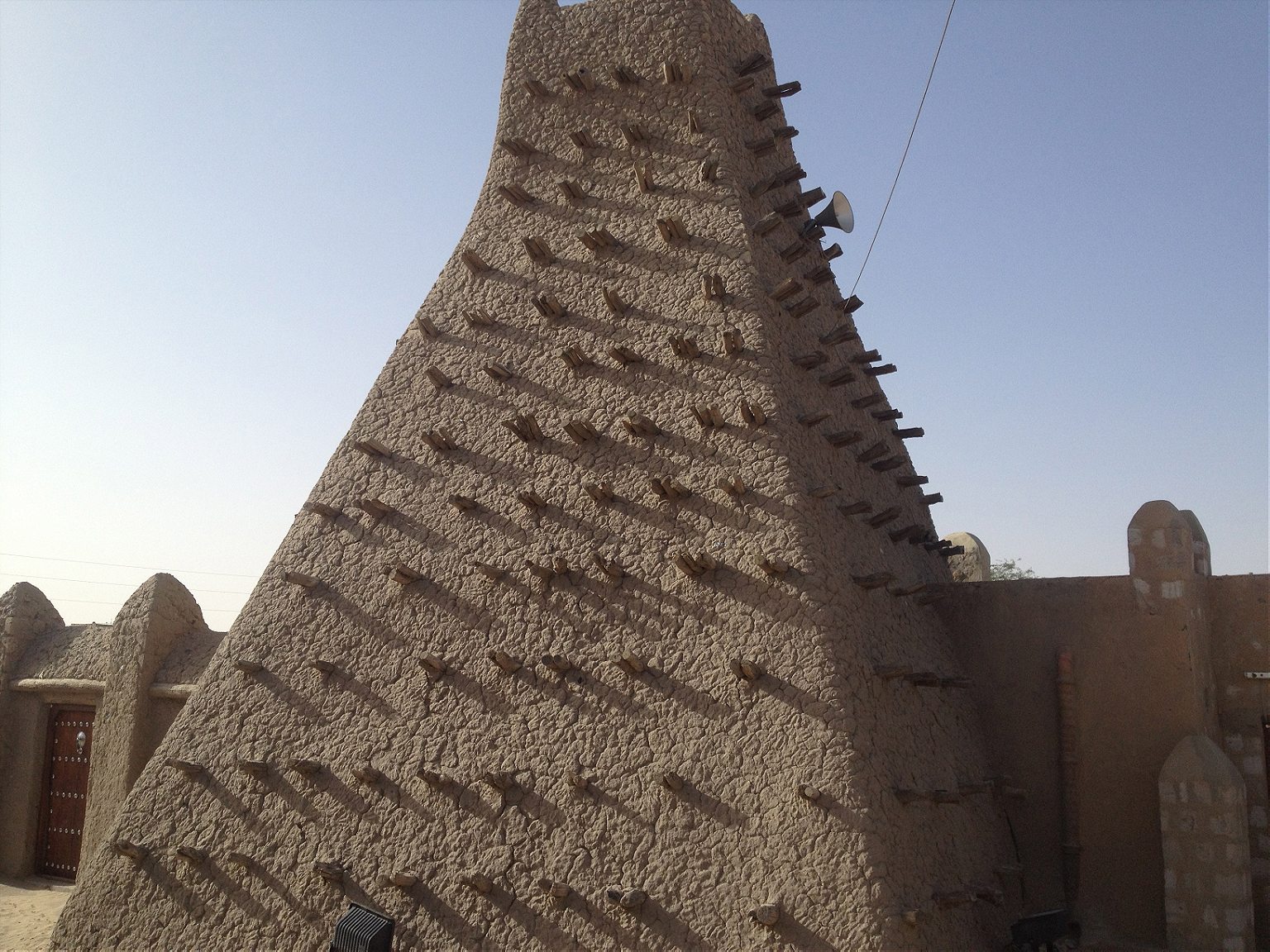

Get a taste of North Mali’s otherworldly landscape. Fatima’s Hand, near Hombori in the once-occupied north, is an important landmark on the road between Timbuktu and Gao, the ancient capital of the Songhai Empire. It’s also one of the weirdest geological formations in northern Africa, and was once a popular rock-climbing spot before the jihadists destroyed tourism in the region. Take the drive down the paved highway from the market town of Douenza just to see this bizarre, three-fingered pink limestone formation soaring 2,000 feet into the desert sky. Don’t linger, however: jihadists still may be lurking in the desert.

A favorite getaway spot for the one-eyed Emir of Gao
Climb the Pink Dune. The highest spot along the Niger River in Mali, an eighty-foot-high mountain of sand, lies directly across the river from Gao harbor. During the jihadi occupation, it was a favorite getaway spot for Mokhtar Belmokhtar, the one-eyed Emir of Gao and ruthless co-commander of Al Qaeda in the Islamic Maghreb’s Mali branch. Hire a guide and a boat, and follow Belmokhtar’s route across the Niger before sunset, then hike to the top of the dune where Belmokhtar and his fellow jihadis liked to slaughter and barbecue sheep for supper and gaze upon their Caliphate from the heights.
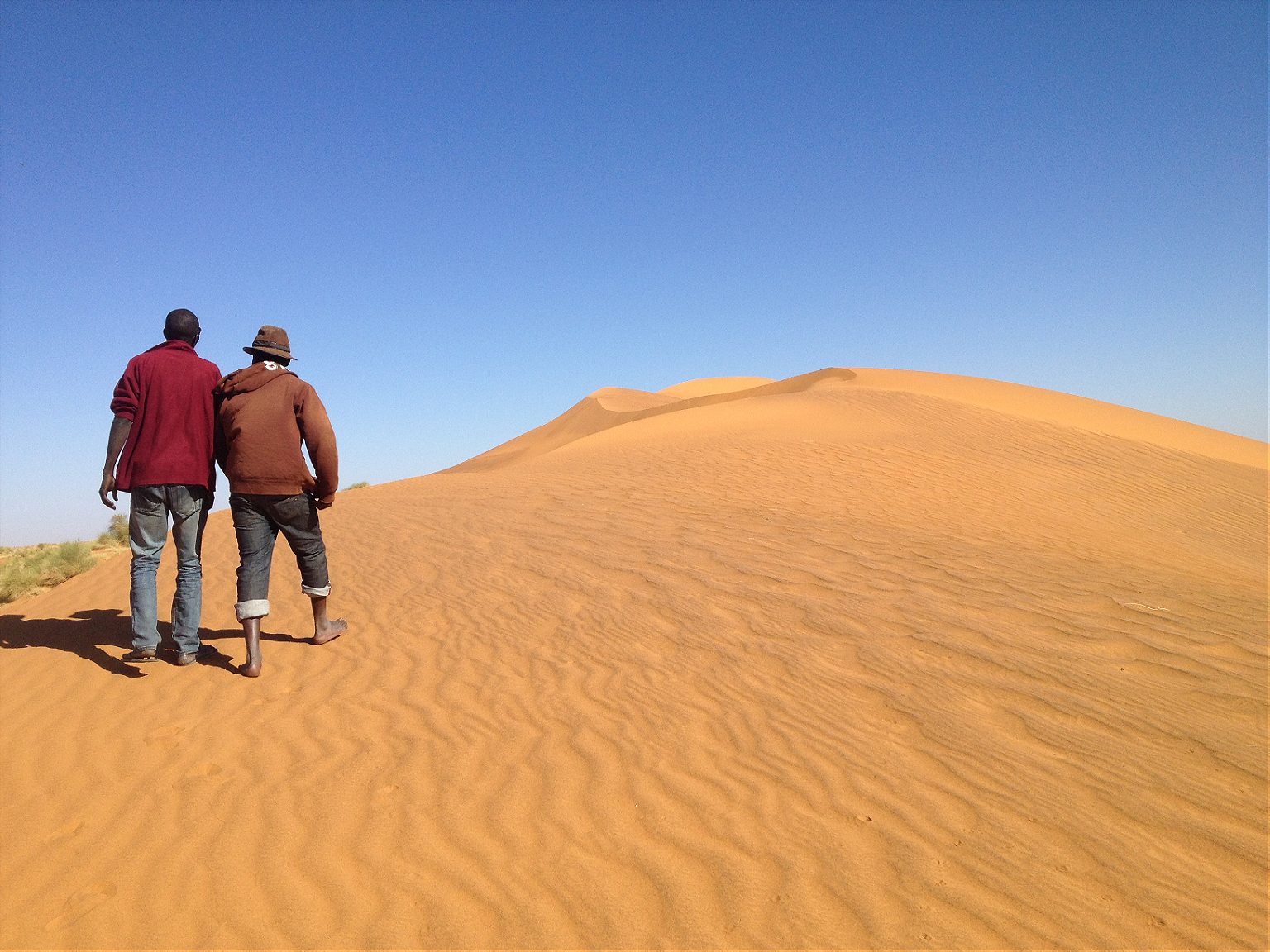

Explore Dogon Country. The animist ethnic group inhabits a falaise, a vast complex of cliffs, in the remote semi-desert east of Mopti, and were mostly left alone during Al Qaeda’s occupation of the north. Tours these days are few and far between, given the country’s instability. But it’s still possible to trek for several days through the tribe’s Hobbit-like villages scattered along the cliffs, and explore their pagan traditions built around ancestor worship; their belief that divinities inhabit every natural object; and their reverence for the Hogon, the village’s celibate spiritual leader.

Avoid perfunctory greetings. When Malian strangers—or acquaintances who haven’t seen each other for a while—meet, they don’t simply greet each other with a hasty “Hey, how’s it going?” Encounters are choreographed affairs that can drag on for five or ten minutes. In Dogon country a few years ago, for example, my guide met old friends en route with exchanges that usually went something like this: “How are you?” “Good.” “How’s the family?” “Good.” “How’s the village?” “Good.” “How’s the journey?” “Good.” “How’s the work?” “Good.” Eventually the speakers exchanged roles, and the entire exchange would be repeated. A satisfied “aaahhh” from each side signaled that the conversation was over. So when asking for directions, don’t just ask for directions. Anything other than the full ritual will be taken as an insult.
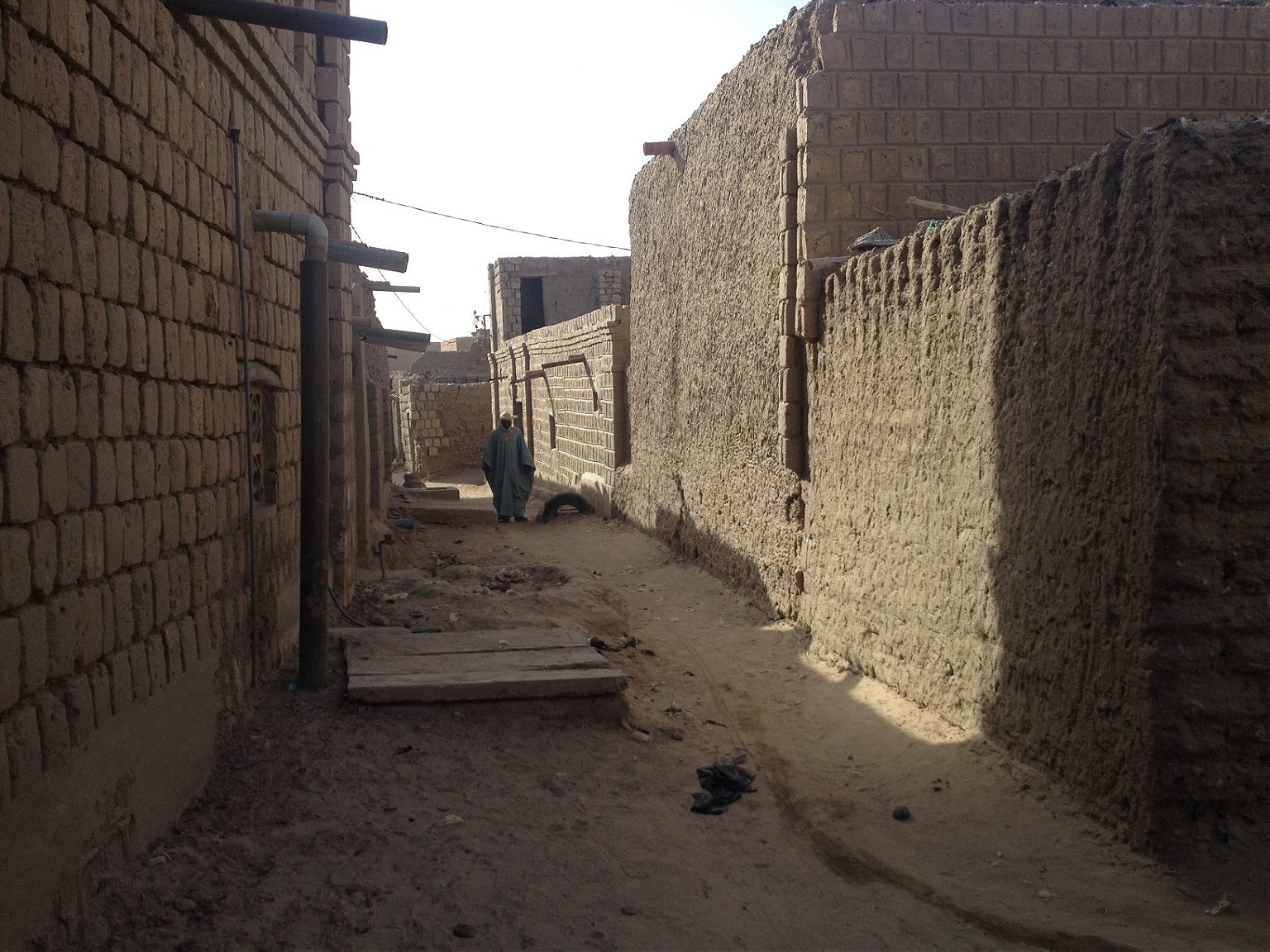

Keep that left hand in your pocket. Malians are sticklers for other social conventions too. Like Indians and Pakistanis, for instance, they consider the left hand useful for just one purpose. So when eating, shaking hands, handing over money, or accepting a gift, remember to use that right paw only.

Follow the dress code. Mali’s strong Sufi tradition allows women to go about in public with their heads uncovered—a moderate approach to Islam that infuriated the jihadi occupiers. During their brutal occupation of the north, they tossed women in jail or whipped them in public squares if they refused to wear the hijab. Nowadays, the country has largely rid itself of fundamentalist influence. Sleeveless dresses are also fine, but women are still expected to exercise a touch of modesty. Malian women never show their bare legs, which means that shorts and short skirts are strictly taboo.
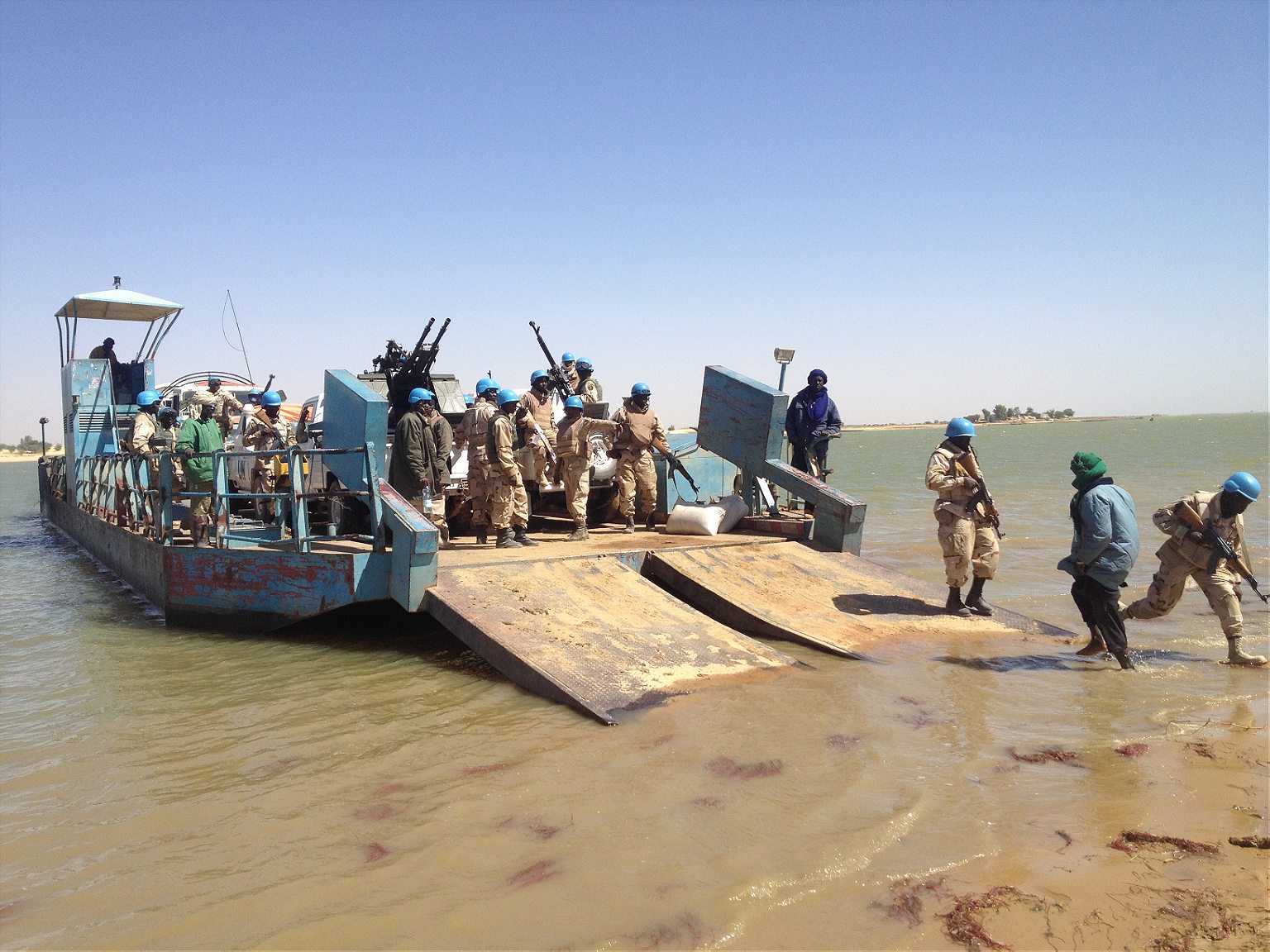

Get a taste of Mali’s music. Mali’s music scene was hit hard by the cancellation of the annual, world-famous Festival in the Desert in Essakane, near Timbuktu, in 2013. Le Hogon nightclub in Bamako, where most of the greats once played, including Grammy Award-winners Toumani Djibaté and Ali Farka Touré, also shut down several years ago and was converted into a mosque. But there are some smaller music festivals throughout the year, including the Festival on the Niger, a three-day affair each February on a barge in the river town of Ségou, a four-hour drive north from Bamako. In the capital, the Diplomat, a bar-nightclub, still offers some of the best live music in the country.


Experience the dwindling expat culture. Route de Bla Bla in the Hippodrome neighborhood is still the major expatriate gathering point in Bamako, lined with good Western-style restaurants, but there’s always a risk: Al Qaeda militants attacked La Terrasse, one of the street’s most popular open air cafés, in March 2015. Five people were killed, including two Belgians and a Frenchman. This was a prelude to the much deadlier attack on Bamako’s Radisson in November 2015, in which 22 died.

Join a ‘secret’ running club. The Hash House Harriers, an international runners group, has an active Bamako branch. Members and guests, a mix of Western expatriates and locals, meet every Saturday morning and hike or jog through the scenic hills around the capital. (For security reasons, locations aren’t given out until the last minute.)

Or just cruise to Guinea. For variety, try a riverboat cruise on a pinasse owned by Sleeping Camel Safaris, a travel agency and hotel in the Badalabougou neighborhood. The boat ventures up the Niger River from Bamako to Djoliba, and back (a 40-mile round trip) on many weekends. The company also organizes four-or-five-day boat trips up the Niger as far as Guinea.
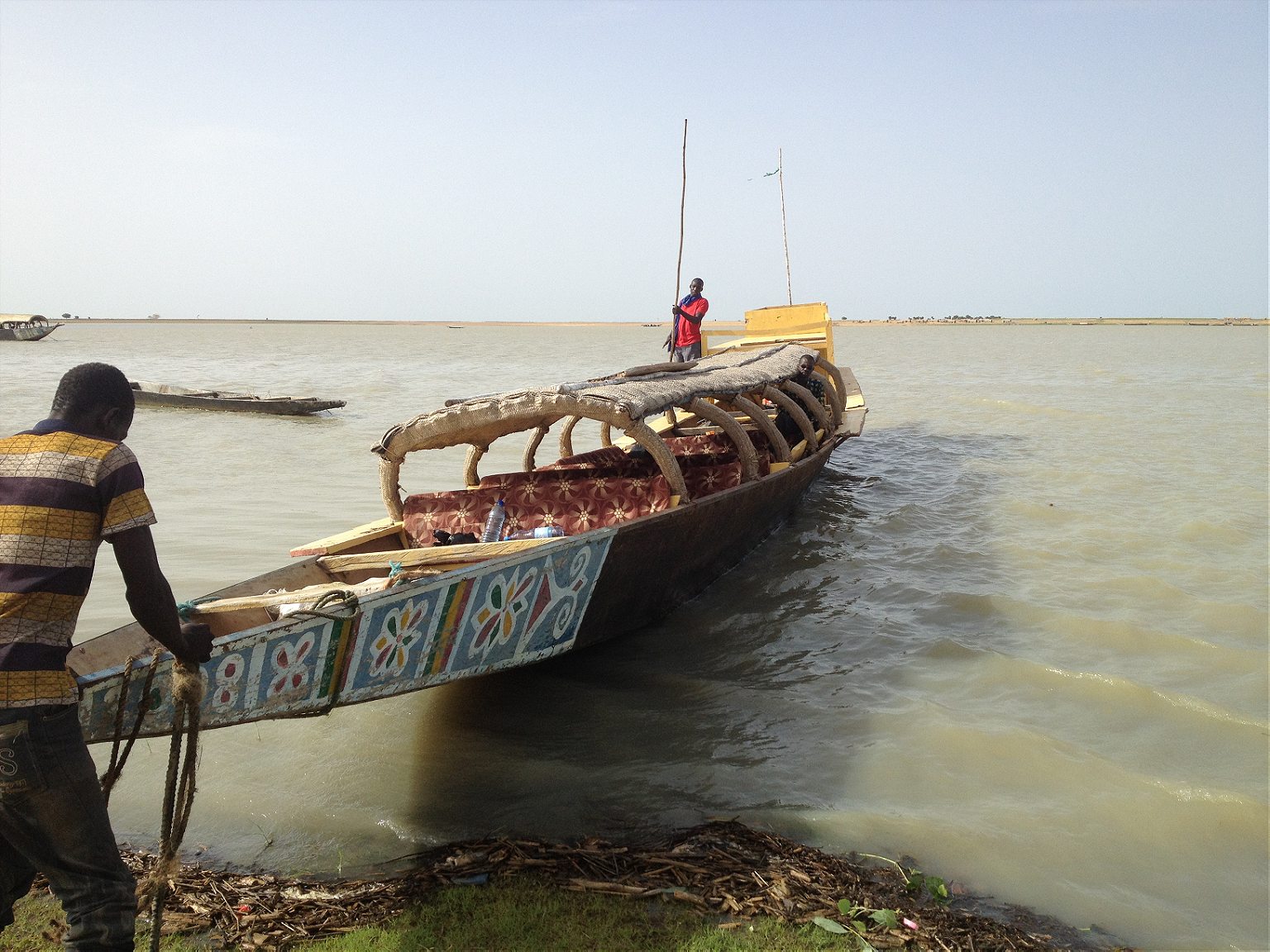

Be discriminating when buying artwork. The Dogon people decorate their homes with wooden doors and window shutters intricately carved with fruit bats, crocodiles, phallic symbols, breasts, and other totemic symbols. In recent years, they’ve mass-produced these objets for foreign consumption and sold them in Mali’s main markets and gift shops. But you don’t have to settle for the touristy knockoffs. Ask around a bit, and you’re likely to be led down winding alleys to tucked-away attics and private storerooms, where you can snag an authentic Dogon door, shutter, or mask—some of them decades old—for a relative song.

Witness Djenné’s annual makeover. Djenné, the ancient Malian city that served as the disembarkation point for tens of thousands of ancient manuscripts smuggled out of Timbuktu (the operation described in The Bad-Ass Librarians of Timbuktu), remains a safe haven for the tourist crowd. The highlight of the year is the April crepissage, when the Grand Mosquée, a magnificent mud palace originally erected in the fourteenth century and rebuilt many times since, has its annual renovation. Girls carry buckets of water, boys bring in mud, and men shinny up the permanent scaffolding and replaster the giant structure. A simultaneous music festival in the streets provides a lively soundtrack.


See the manuscripts. The vast majority of the ancient Islamic manuscripts that Abdel Kader Haidara and his colleagues smuggled to safety from Timbuktu remain locked away in steamer trunks in climate-controlled store rooms in Bamako. Haidara has promised to return them to Timbuktu’s dozens of libraries when security improves, which could be a while. In the meantime, head to Djenné’s Manuscript Library, opposite the Grand Mosquée. The collection contains thousands of manuscripts from the sixteenth through the nineteenth centuries, mostly written in Arabic but also in local languages: Fulfulde, Bozo, and Songhai. It’s the best way possible to obtain a sense of what Haidara and his team of bad-ass librarians risked their lives to preserve.